Why does the TV not see the USB flash drive and how to fix the situation?
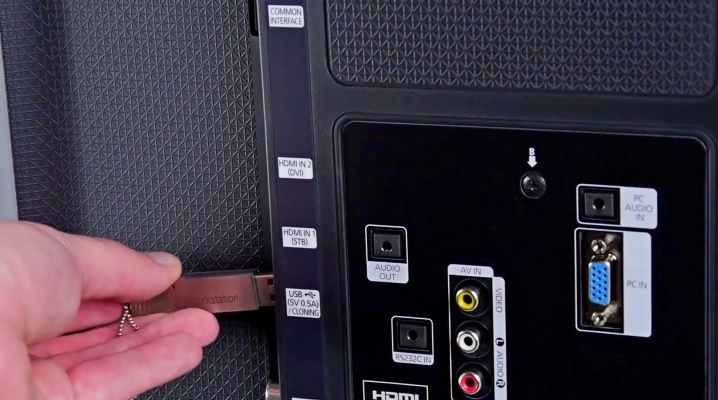
Understanding why the TV does not see the USB flash drive, users are ready to look for the causes of the problem and ways to solve it in various directions. The carrier most often really turns out to be working and does not need additional manipulations, the TV port for connecting it also breaks down extremely rarely. When deciding what to do if the TV does not detect a USB flash drive, you should pay attention not to external factors, but to the characteristics of the playback device.
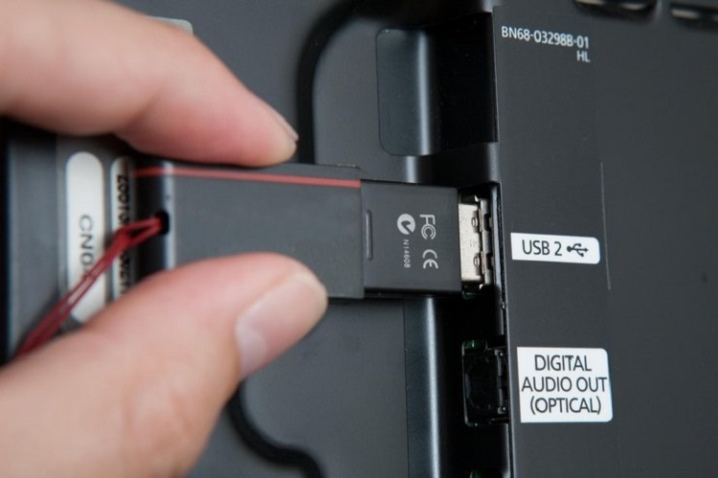
How do I connect a USB flash drive to the TV?
Most flat-screen TVs with a modern set of inputs and outputs are compatible with external USB-format drives.
Using a flash drive, you can watch a movie or video from a home holiday recorded on it, make out all the details of memorable photos.
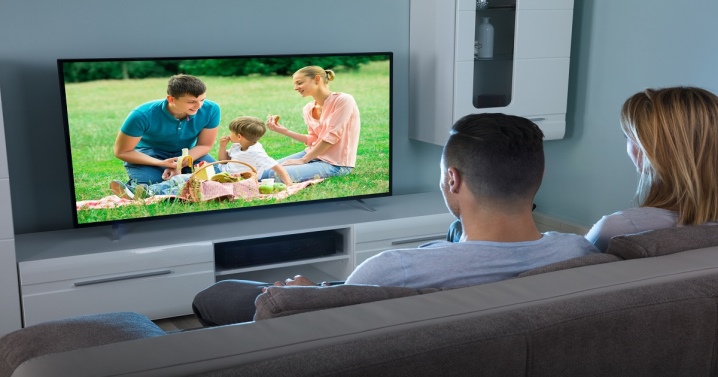
True, for an inexperienced user, even the very process of connecting this carrier does not look the easiest thing to do. The easiest way, of course, is to use the device's own USB port. The procedure in this case will be as follows:
- find on the side or back of the TV the connector marked "USB" and the corresponding icon;
- insert a flash drive into it, having previously selected the desired operating mode in the system (usually it is called that);
- wait until the flash drive is recognized, and the files are loaded, then use the selection buttons to find and open the desired one.

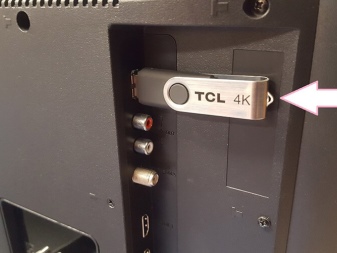
If the TV does not have the necessary ports, but there is a set-top box for transcoding a TV signal with such an input or a media player with USB support is connected to it, you can connect through proxy devices... To do this, they already find the corresponding port in them and insert a USB flash drive into it.
With the correct execution of all actions and with a connection between the elements of the system, files can be easily played.
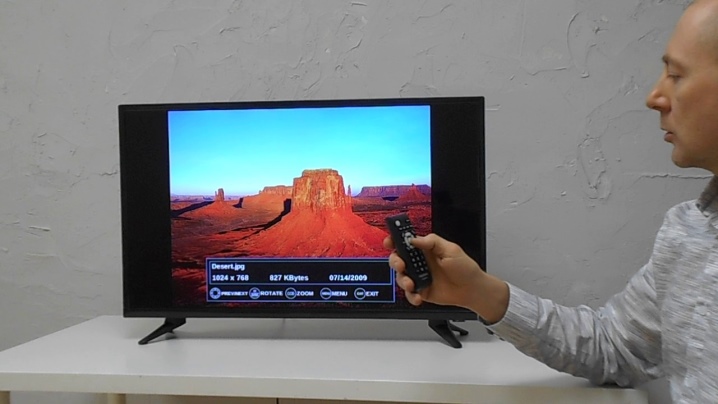
Why doesn't he see?
The simplest reason why you cannot watch files via USB on TV is incompatibility of formats. TVs support data playback from FAT16, FAT 32 file systems. If the flash drive is equipped with other types of storage (EXT3, NTFS), then you will not be able to view the materials stored on it.
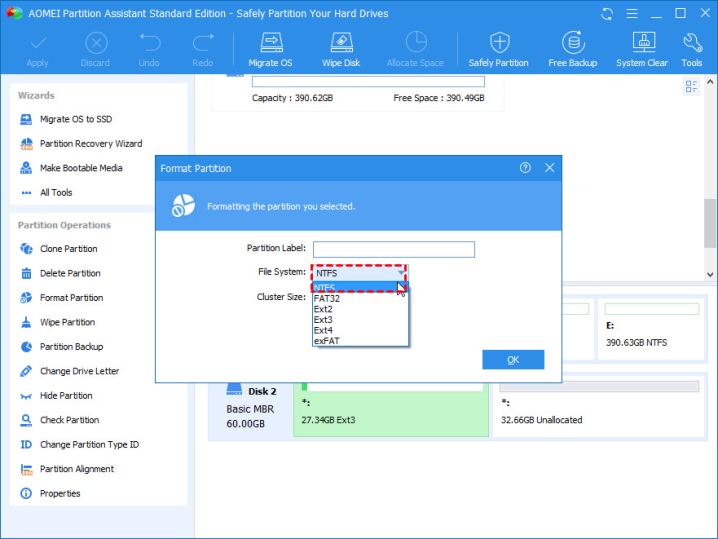
Among other reasons why the TV does not see the USB flash drive via USB, the following can be noted.
- Limit on the amount of memory. TVs of brands LG, Samsung have it. If the limit is set, a drive of 64 GB or more will simply not be readable. You need to choose the option with less memory and use it. Please refer to the user manual that came with your TV to find the limitations for your particular model.
- The file drive is worn out. With frequent connection to TV, the flash drive just stops turning on once. This is due solely to the fact that the system used on the USB drive for storing files has a large number of errors and damage. For clarification, you can check the disk on a PC by selecting the appropriate item in the drive menu, eliminate the problems found. If you do everything correctly, you can again get a completely serviceable, working USB flash drive.
- The port is not for viewing. In some TV models, the purpose of the USB slot is solely to perform system diagnostics and service. If the port has such a mark, it will not work to connect a USB flash drive through it. It has a lock that prevents the possible playback of media files.
- Specification does not match. This applies to the prescription of the TV and flash drive. If the storage device is marked USB 2.0, and a USB 3.0 port is installed in the TV (not with black, but with colored plastic under the contacts), then most likely there will be no problems. If the ratio is reversed, it will not be read - the outdated input simply does not have enough contacts to establish a connection.
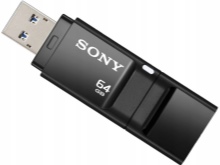
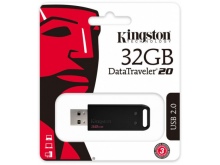
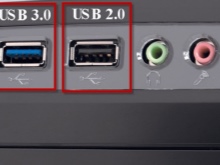
There is also a more commonplace reason - hardware malfunctions. The USB port of the TV can be simply faulty or damaged during the operation of the equipment.
In this case, the flash drive itself has nothing to do with it, you need to look for alternative ways to connect it. Sometimes the USB drive itself stops performing its functions. If you cannot view the data on it and on a PC, it is highly likely that they will be lost irretrievably.
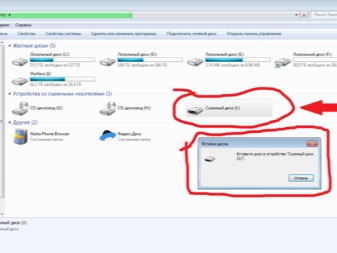

What to do?
If the file system formats do not match, the easiest way is to format the flash drive. To do this, all data will have to be temporarily stored on an external source. Next, the USB drive is inserted into the PC, and through the section with removable media, it is selected ("This computer"). In the drop-down menu on the right, you can find the "Format" item and mark the desired type of file system - FAT 16, FAT 32. It is better to choose fast execution with clear table of contents - it will take less time.
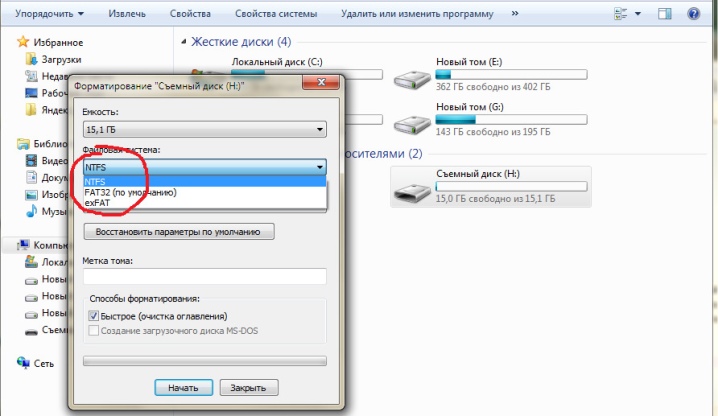
Almost any of the problems affecting the compatibility of a TV and a flash drive can be easily bypassed via external connection... You can always execute it, even if the USB port is faulty or even absent. A PC connected via HDMI or a wireless Wi-Fi connection to a TV can act as a conductor device. In this case, the data from the computer is simply broadcast on the big screen, and you can control it directly.
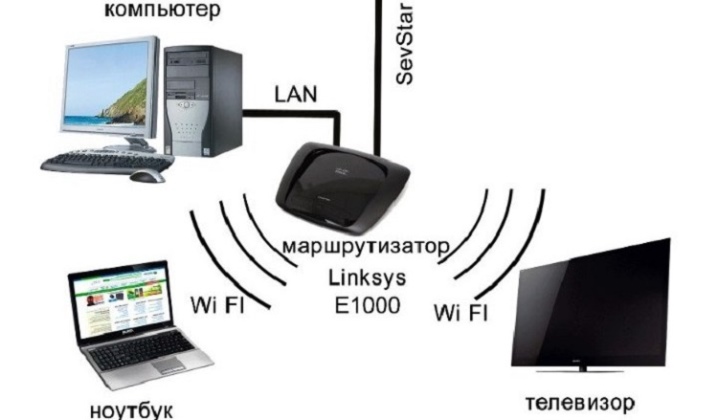
Besides, to view files from a USB flash drive, you can use the corresponding ports of other devices to which the TV is connected. For example, this can be a digital tuner used to convert a signal. By inserting a USB flash drive into its connector, you can use its media files as usual.
Plus, the USB port you want will almost certainly be found in your DVD player if it's released recently. Media players are even more functional, support and play a huge number of file formats and are also equipped with slots for reading flash drives.

The following video will tell you what to do if Smart TV, Smart Box, digital set-top box does not see a USB flash drive or disk.













The comment was sent successfully.